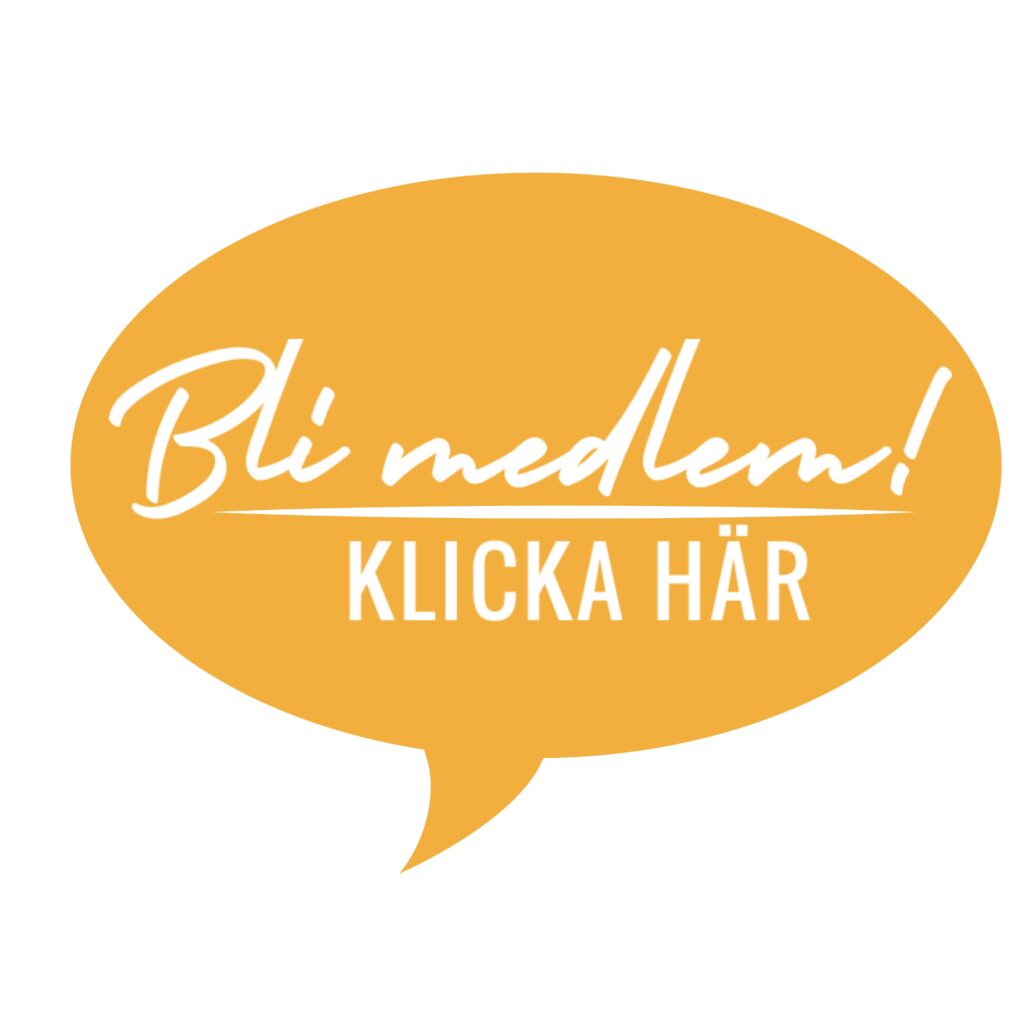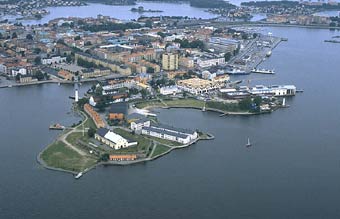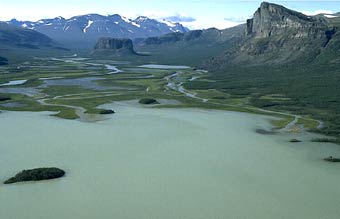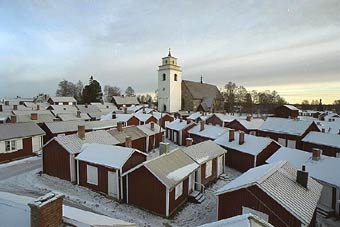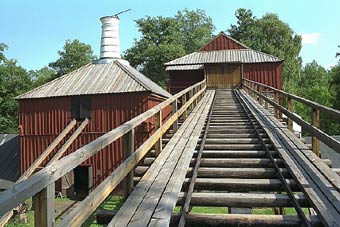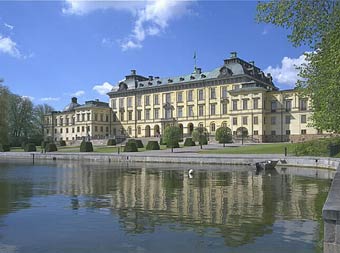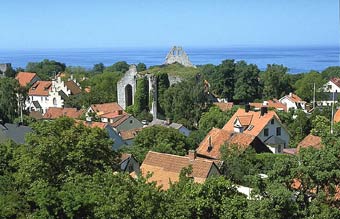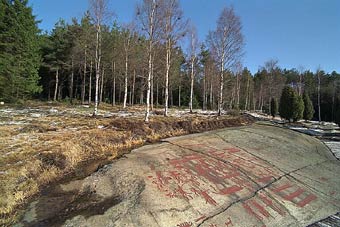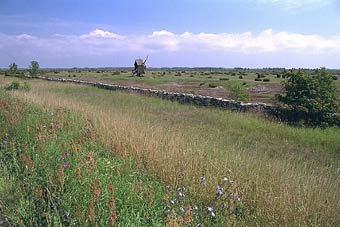Christer Gustafsson, 15 September 2023
During the ICOMOS General Assembly in Sydney 31 August – 9 September 2023, the Scientific Symposium was arranged. Under the theme Responsibility, we arranged a Panel Discussion on ”Top-down-grassroots: People-based leadership for heritage management”. It was a collaboration between me as Secretary General of ISC Economics of Conservation and Matthias Ripp, World Heritage Coordinator Regensburg (ICOMOS Germany, Organization of World Heritage Cities), Plácido González Martínez, Professor Tongji University in Shanghai and University of Seville (Association of Critical Heritage Studies, editor Built Heritage journal) and Gabriel Victor Cabellaro, Focal Point ICOMOS Sustainable Development Goals Working Group (SDGWG).
Besides our session, I participated in several program items and meetings with colleagues from all over the world. I also needed to give two online lectures as well as proofread a couple of chapters for a new book. But above all, I worked together with Ripp and González to prepare our program item and then follow it up.
I am very grateful for the contribution from ICOMOS Sweden. Without it, I wouldn’t have been able to travel to Sydney and the ICOMOS General Assembly.
Background
The background to our involvement during the ICOMOS GA in Sydney was the recently published special issue Innovative heritage-based post-crisis urban recovery strategies of the international scientific journal Built Heritage (Built Heritage 2023 7:15), for which Matthias Ripp and I have been guest editors and for which Plácido González is editor-in-chief.
Panel discussion
Starting points for the discussions were:
In the dynamic world of cultural heritage, the only constant is change. Over the last 50 years, the heritage field has evolved significantly, embracing new perspectives, challenges, and opportunities. The traditional object-based approach has given way to a profound shift in values, emphasizing the role of people, politics, and the socio-economic landscape in heritage preservation.
The panel discussion shed light on:
- The evolution of heritage preservation from the object-based approach to a people-centric paradigm.
- The changing definitions of authenticity and the political dimensions of heritage.
- The impact of frameworks like the UNESCO Recommendation on Historic Urban Landscapes.
- The challenges posed by climate change, global pandemics, and geopolitical turbulence.
- The crucial role of people, companies, and governments in shaping heritage conservation.
- The need for cross-sectoral and interdisciplinary collaboration to move from protection to pro-action.
- Engage in a discussion and discover how diverse perspectives can converge in ”trading zones” to find common ground and to drive meaningful change in the cultural heritage sector.
Presentations
Resilience is a concept that has become more and more common during the last decade. Originally used in physics and psychology, just recently it has been transferred to the field of urban planning, urban development and cultural heritage. The purpose of the presentations was to examine, and discuss, how the concept of resilience can be related to cultural heritage. We understood resilience here in the sense of the SHELTER Resilience definition which defines different phases before, during and after a disaster or crisis.
While several policy documents, publications and international charters are dealing with the question of how cultural heritage can be protected and safeguarded in particular during disasters and crisis, we wanted to expand the understanding of cultural heritage to also include its role as a resource in urban resilience. We felt that only focusing on cultural heritage as a precious object that is in need of protection is neither taking into account a more contemporary understanding of cultural heritage as a system and process which is consisting of persons, objects but also functions, context etc., nor a more realistic and detailed concept of resilience, which ─ originating in systems logic ─ has more than one role to offer for cultural heritage.
With recent times’ new understandings and interpretations of cultural heritage, preservation and conservation principles and praxes have also been changed according to e.g., new challenges and opportunities which have occurred in times of sustainable development and resilience. From a focus on protection and restoration only, we can find an increased interest in adaptive re-use of historic urban environments where we can recognise spill-over effects in relation to sustainable development and resilience. This put attention to the question how preservation of cultural heritage could work as a catalyst for sustainability and resilience. Accordingly, cultural heritage advocators need to take the initiative in cross-sectoral, system-wide and inter-disciplinary collaborations.
This claims for an entirely new paradigm for the cultural heritage sector: a heritage-led development where cultural heritage is understood as an infrastructure for inclusive, sustainable and innovative reuse and preservation as economic as well as social and cultural investment. In a post-COVID-19 scenario, cultural heritage planning could then be mainstreamed and clearly integrated into resilience strategies.
The presentations examined with examples from Germany, Spain and Sweden, if and how these two systemic concepts – cultural heritage and resilience ─ can be connected and activated for the benefit of people. Following the Council of Europe’s Convention on the Value of Cultural Heritage for Society (Council of Europe 2005), rather than a model of intrinsic heritage values, we suggested also to focus more on the role of people in cultural heritage, which clearly makes a lot of sense in connection with urban resilience. In a similar way, the connection between resilience and cultural heritage has been debated within e.g., international organisations as ICOMOS and ICOM. A number of research projects with the objectives to study these relations have been financed by the European Commission (e.g., ARCH, HYPERION, ROCK, RURITAGE, CLIC, Be.CULTOUR, and SHELTER).
When we as organisers started the preparation of this session during the ICOMOS GA, the COVID-19 pandemic was in its peak. Its direct impact on our daily life, e.g., how and where we work, how and if we travel, visit museums, how we participate in cultural heritage, culture and learning activities and processes, etc., was only beginning to unfold. While we as organisers have been part of many initiatives, the general role that has been given to cultural heritage in these discussions and projects was still rather limited to the role of physical objects that get damaged or destroyed and need to be preserved and conserved. While we do not question the need for safeguarding, we want to broaden the vision and also include qualities of resilience, the role of cultural heritage as a place of identity, for health, etc. in the discussion.
It is also important to note that the ‘other’ big conceptual answer to today’s challenges: sustainability – materialised through the UN Sustainable Development Goals (UN SDGs) – is not a competing concept for resilience, but rather on to be integrated. The goal 11 Sustainable Cities and Communities says ‘make cities and human settlements inclusive, safe, resilient and sustainable’. Cultural heritage is in target 11.4 explicit mentioned ‘strengthen efforts to protect and safeguard the world’s cultural and natural heritage’. At the moment UNESCO is developing 22 new indicators for monitoring culture and cultural heritage in the UN SDGs. Here is not preservation of cultural heritage regarded as a cost to the society – instead the focus is on culture’s and cultural heritage’s importance for environment & resilience, prosperity & livelihoods, knowledge & skills, and inclusion & participation. In the New Urban Agenda (United Nations 2017) both resilience and cultural heritage are highlighted, however not in connection to each other as common resources.
In a modern world where it seems that a state of crisis is rather the new normal and not the exception ─ it does not help to argue and compete between different conceptual approaches. During the session we discussed if there is room for both, and we also need both. For the cultural heritage sector however, sustainability as the more mainstreamed concept is closer to its own prevailing narrative ─ to preserve. While resilience includes a strong momentum of change and also a certain necessity for agility, the cultural heritage sector was a little bit more reluctant to jump the train.
However, we can notice that at least in 2022 and 2023 resilience and cultural heritage have been highlighted in several international and EU documents besides the new indicators for culture for the UN SDGs, e.g., by EU in the report Strengthening Cultural Heritage Resilience for Climate Change and in the Urban Agenda on cultural heritage in Europe. This is a promising start, and it seems like the discussion is shifting – for Example with the more widely spread inclusion of Nature-based Solutions also in a cultural heritage context.
About a hundred participants showed up for the discussions. The presentations were followed by several insightful questions. After the program item, the discussions continued, including with colleagues with senior positions within ICOMOS and, for example, the Getty Conservation Institute. Some of these will likely lead to new international collaborations.

